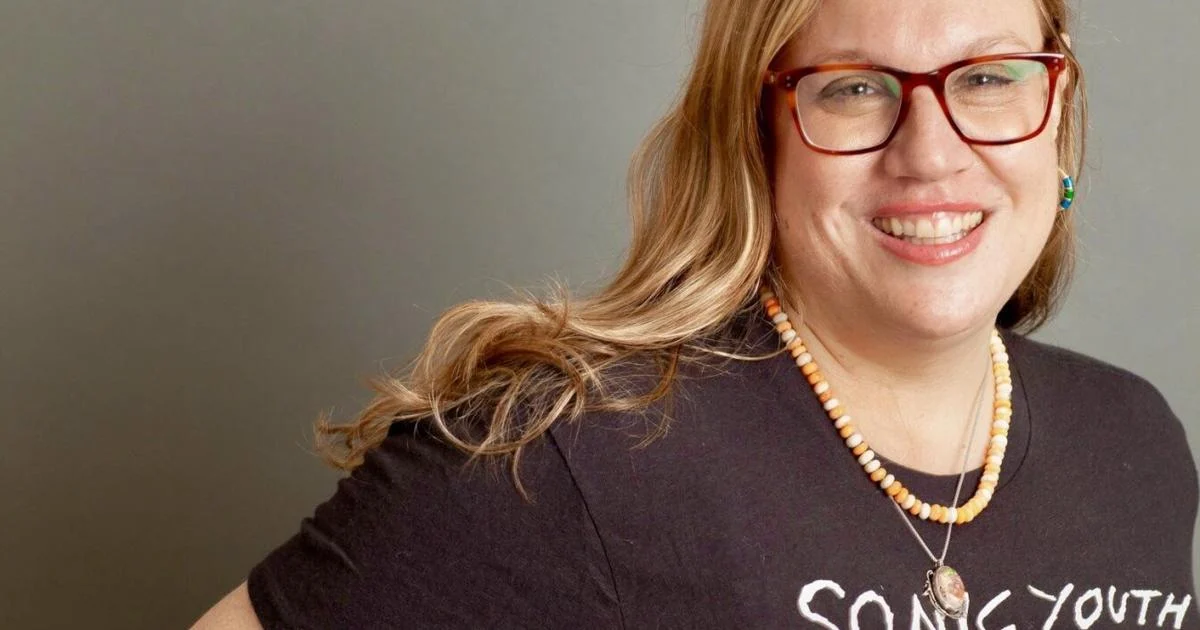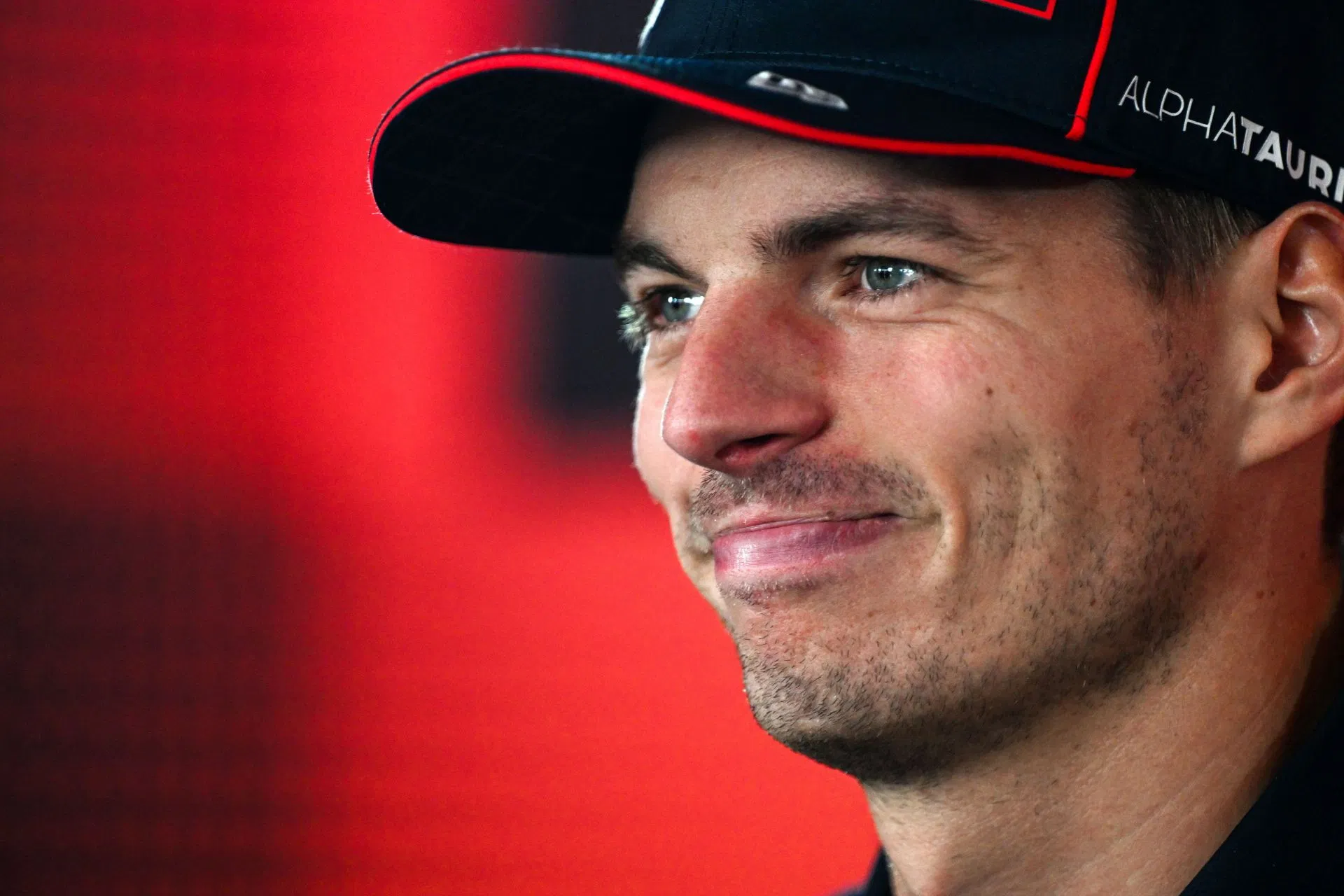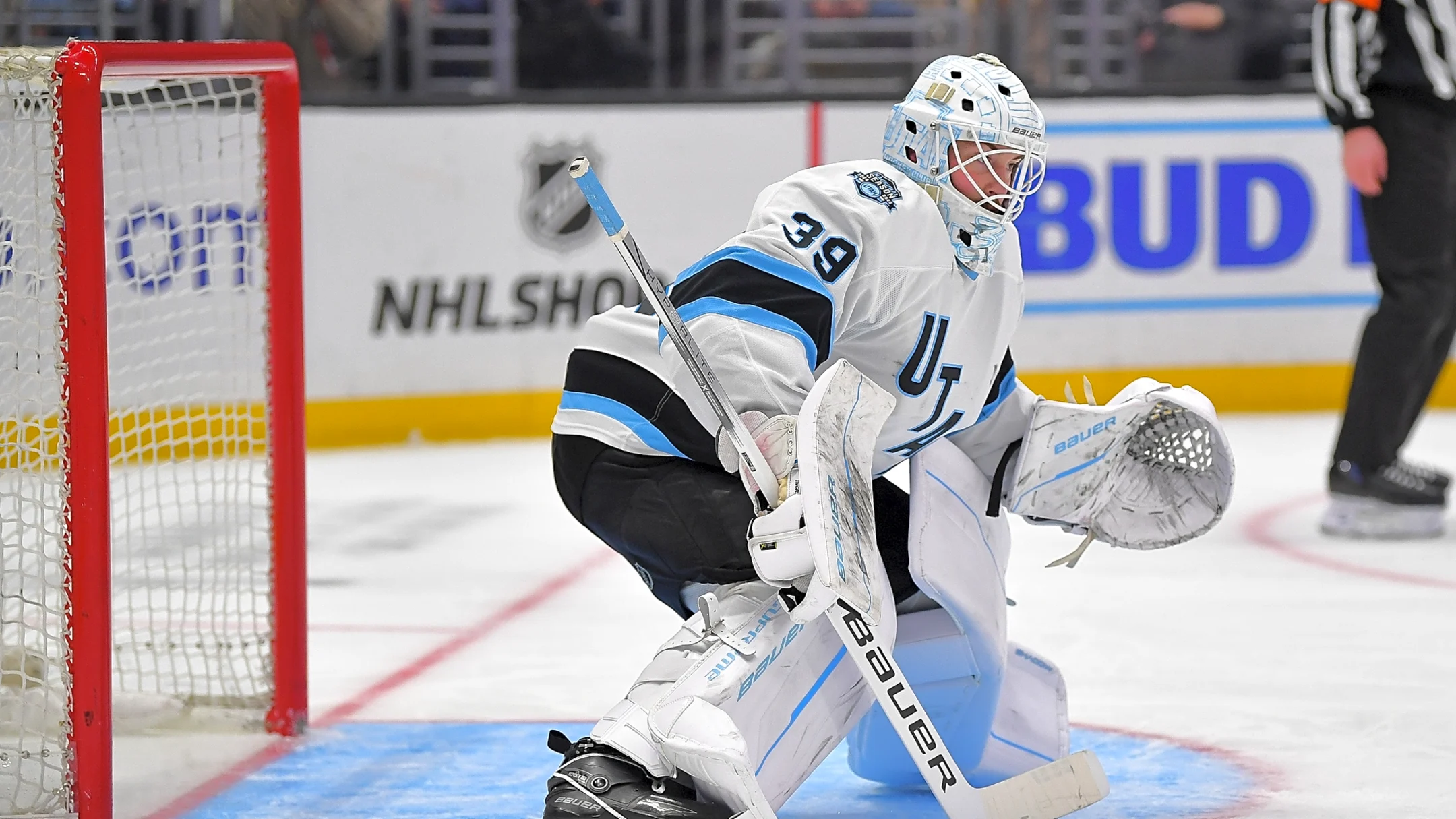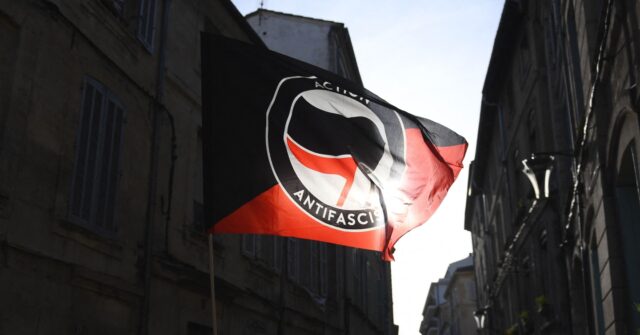Reading Habits: Toronto author Danila Botha on Margaret Atwood’s control and Heather O’Neill’s imagination
By Jean Marc Ah-Sen Special To The Star
Copyright thestar

The attraction between Hannah and Jillian, the main characters in Danila Botha’s new novel, “A Place for People Like Us” (Guernica Editions), is instantaneous. Jillian lives in the penthouse suite of a rental building that her parents own, a sumptuous arrangement that allows her to pursue her passions in the band Dissolve Into the Sky, whose performances infatuate Hannah further.
“When Jillian performed,” Hannah says, “she was an arresting presence, like a tornado quietly building. The audience would sit, glued to her every movement, watching a piece of her wavy black hair come unpinned as she tossed her head back, or transfixed as she read from or tore up a set list.”
Hannah begins filming and editing promotional videos for the band, and the women’s exact relationship begins to blur between romance, friendship and convenient business arrangement.
“I never knew quite what we were,” Hannah ponders. “If we were friends or lovers, or artists in a situationship, or just each other’s biggest support systems, but the future felt more real and more exciting than I’d let myself even dream about before.”
After Jillian almost ends their lives in a car accident, Hannah entertains the advances of an Israeli man named Naftali. When he suggests that Hannah explore religious conversion to Judaism so that they can be together, it is only a matter of time before she asks herself whether sacrificing her past for an uncertain future is the only real way to move forward with her life.
Botha, a Toronto writer born in Johannesburg, is the author of “Got No Secrets,” “Too Much on the Inside,” and “Things That Cause Inappropriate Happiness.” “Vidal,” her debut graphic novel, will be published in 2026.
What did you last read and what made you read it?
Heather O’Neill’s “Valentine in Montreal” and Etgar Keret’s “Autocorrect.” Heather O’Neill’s writing is always so beautiful on a line level, and her descriptions are always so sensory and otherworldly. The imagination and beauty of Valentine’s perceptions, and Arizona O’Neill’s illustrations, are beautiful too. Etgar Keret is one of the greatest short story writers of our time, and this collection is so funny and heartbreaking.
What book would your readers be shocked to find in your collection?
A lot of kids’ books, because my older kids want me to read to them before bed, and they put the books on my bedside table. My four-year-old is a big fan of Danielle Daniel, Marie-Louise Gay, and Sidura Ludwig, and my 10-year-old is really into the “Dog Man” and “Cat Kid” series.
When was the last time you devoured a book in one, or very few, sittings?
I’ve been into speculative short fiction lately, and I was completely captivated by “The Color Master” by Aimee Bender and Karen E. Bender’s “The Words of Dr. L.” It’s not just the wildness and unexpected nature of what happens, it’s the way they both seamlessly move the reader into a place of dreams, vulnerability and true desire.
Who’s the one author or what’s the one book you’ll never understand, despite the praise?
I have respect for every kind of book, but I really struggle with self-help books — anything with prescriptive, direct advice. I think it’s great if they help people, and my father, who reads a lot and is a very intelligent person, loves them. I just can’t get through even a chapter of one (sorry, Dad).
What’s the one book that has not garnered the success that it deserves?
Short story collections don’t get as much love and attention as they deserve, and I’ve never really understood why. They’re perfect for people with busy lives, perfect for a subway commute or a lifestyle that doesn’t necessarily let you read every day. Zoe Whittall’s “Wild Failure,” Sarah Gilbert’s “Our Lady of Mile End” and Marisa Labozzetta’s “Men Who Walk in Dreams” were all really beautiful.
What book would you give anything to read again for the first time?
I remember the first short stories that really affected me, and the feeling of trying to take them apart to try to understand how and why they worked. The first time I read Margaret Atwood’s early short story collections “Dancing Girls” and “Wilderness Tips,” I marvelled at how completely control of the form she was, of every sharp turn. The first time I read Hemingway’s “Hills Like White Elephants,” I understood how much he was conveying through dialogue: the misogyny, abortion rights, the power imbalances.
When you were 10 years old, what was your favourite book?
I was obsessed with Roald Dahl. He was so funny and dark, and so great at giving kids agency in impossible situations. I loved “Matilda” the most. His characterization and turns of phrase have stayed with me. I also loved Judy Blume. She captured the secret perceptions of kids and preteens so beautifully. I loved her “Fudge” and “Sheila the Great” series, as well as “Just as Long as We’re Together” and “Here’s to You, Rachel Robinson.”
What fictional character would you like to be friends with?
I’d love to be friends with Franny Glass from “Franny and Zooey.” She articulated the creative existential crisis so acutely. I’d love to actually spend time with Salinger’s whole Glass family: Zooey, the parents, even Seymour.
Do you have a comfort read that you revisit?
I love to reread classic short stories. Carver’s “What We Talk About When We Talk About Love,” the collected stories of Chekhov, Cheever, Grace Paley, and Isaac Bashevis Singer, as well as Abraham Karpinowitz’s “Vilna My Vilna.”
What was the last book that made you laugh or cry?
Sadiqa de Meijer’s brilliant essay collection “In the Field.” The writing is so sensitive and lyrical and every line is full of profundities. I cried more than once, but I was especially moved by “Bloodwork” and “After Etty,” which examine the life of Etty Hillesum, a writer who was killed in the Holocaust.
What is the one book you wish you had written?
“When I Grow Up” by Ken Krimstein is an incredible graphic novel, illustrated and written from a collection of Yiddish essay contest entries from teens in Lithuania. It’s unbelievably moving and heartbreaking.
What three authors living or dead would you like to have a coffee with?
I’d love to have coffee with Mariana Enriquez, Ottessa Moshfegh, Heather O’Neill, Zoe Whittall, Martha Bátiz, Leesa Dean, Roxane Gay, Banana Yoshimoto, Catherine Bush and Lorrie Moore. I would just sit there listening to them talk, my heart exploding with joy.
What does your definition of personal literary success look like?
Being able to write every day and read, having readers who are engaged deeply with the work, however they feel about it, and being part of the writing community in Canada and in the world. I’m incredibly grateful for all these things.



